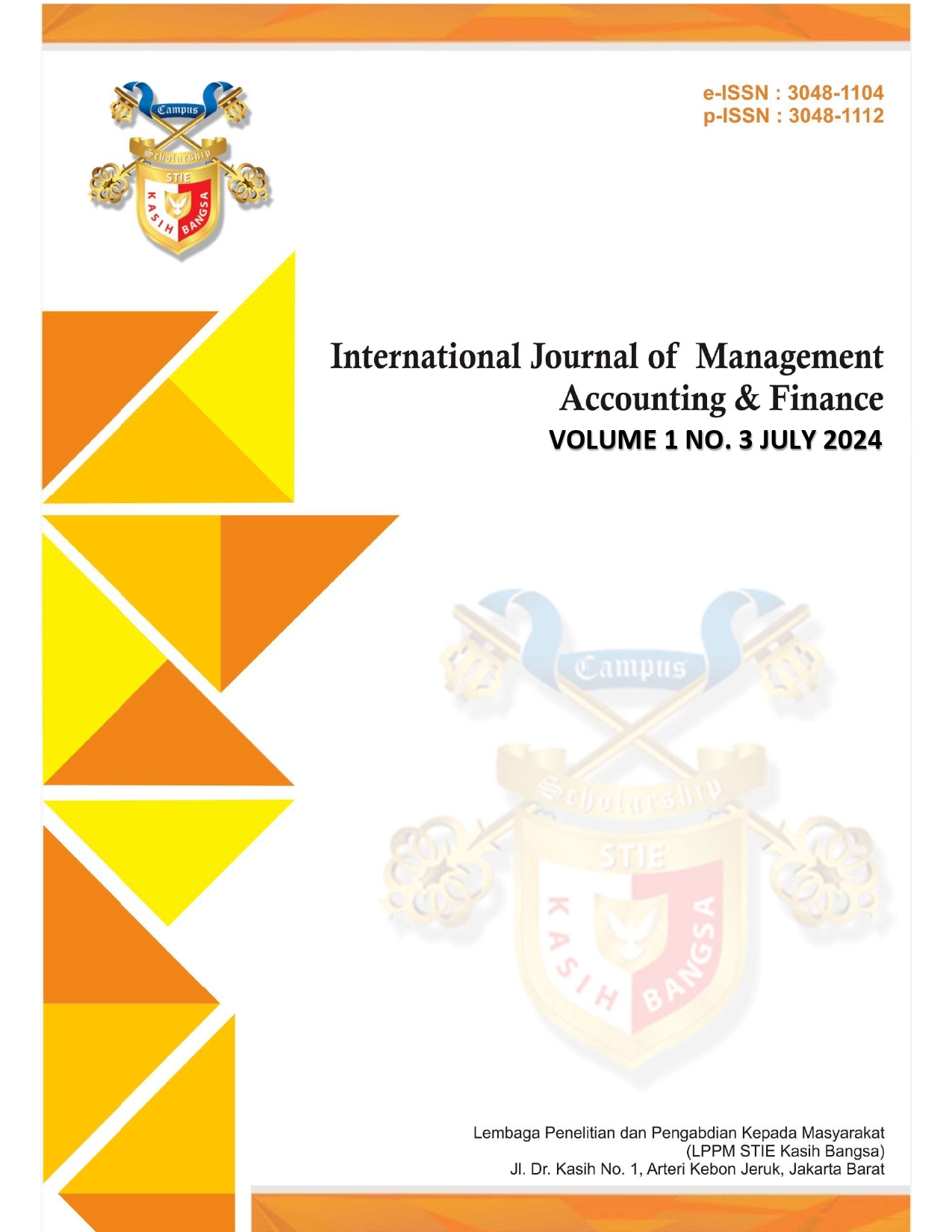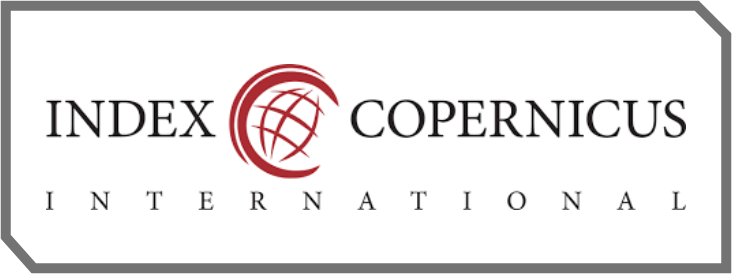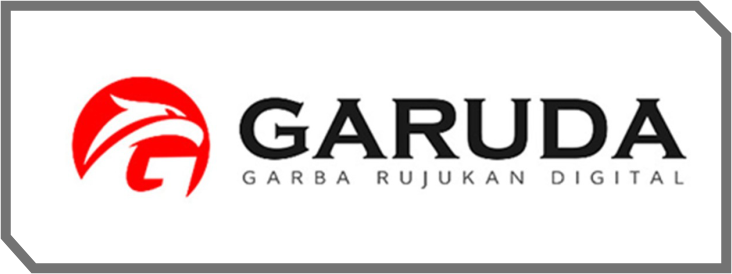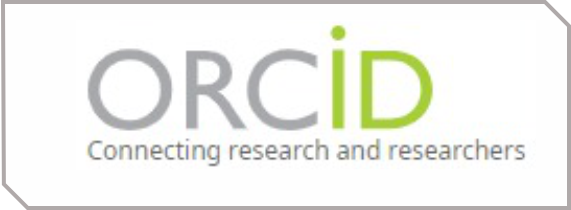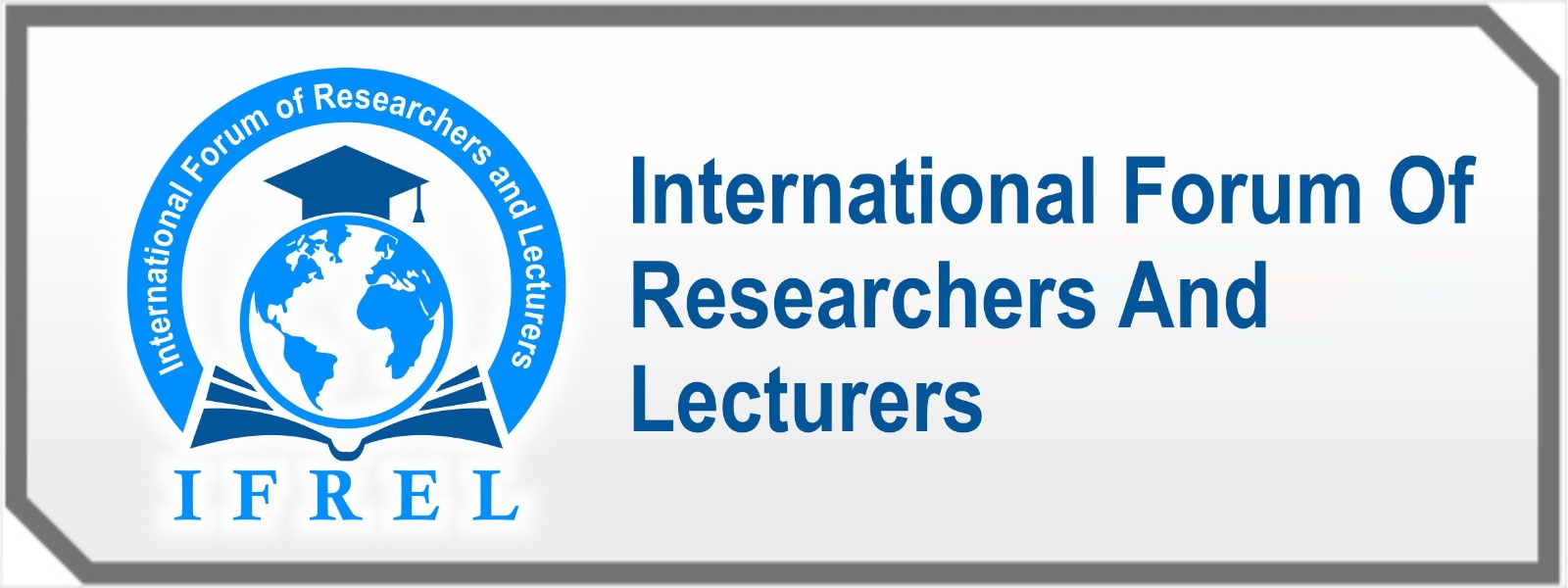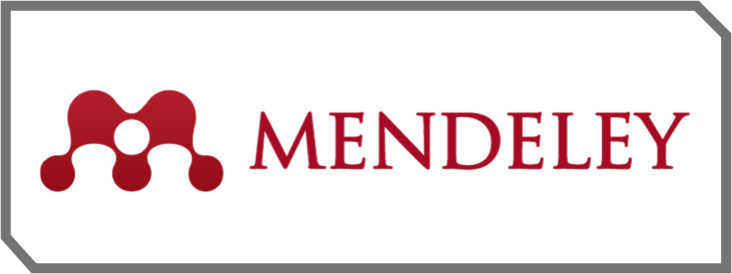The Separation of Audit and Risk Committees and the Quality of Financial Reporting: A Qualitative Analysis of Regulatory Reforms Following the 2007-2009 Financial Crisis
DOI:
https://doi.org/10.70142/kbijmaf.v2i2.290Keywords:
Audit committee, Risk committee, Financial reporting quality, Regulatory reforms, Post-financial crisisAbstract
This study explores the impact of separating audit and risk committees on financial reporting quality, emphasizing regulatory reforms introduced following the 2007–2009 financial crisis. Employing a qualitative literature review methodology, the research synthesizes findings from prior studies to evaluate the efficacy of these reforms in enhancing financial transparency and mitigating audit failures. The analysis reveals mixed outcomes, with evidence supporting the improved independence and oversight capabilities of segregated committees, while highlighting challenges such as resource constraints and evolving regulatory compliance demands. Comparative insights underscore variations across jurisdictions, emphasizing the importance of contextualizing governance practices. The study concludes with a discussion on the implications for policy and practice, alongside identified limitations and avenues for future research.
References
Abbott, L. J., Parker, S., Peters, G. F., & Raghunandan, K. (2003a). An empirical investigation of audit fees, non-audit fees and audit committees. Contemporary Accounting Research, 20(2), 215–234.
Abbott, L. J., Parker, S., & Peters, G. F. (2003b). The association between audit committee characteristics and audit fees. Auditing: A Journal of Practice and Theory, 22(2), 17–32.
Abbott, L. J., Parker, S., & Peters, G. F. (2004). Audit committee characteristics and restatements. Auditing: A Journal of Practice & Theory, 23(1), 69–87.
Almaqoushi, W., & Powell, R. (2021). Audit committee quality indices, reporting quality, and firm value. Journal of Business Finance & Accounting, 48(1-2), 185–229.
Ashraf, M., Choudhary, P., & Jaggi, J. (2020). The scope of audit committee oversight and financial reporting reliability: Are audit committees overloaded? SSRN. https://ssrn.com/abstract=3433389
Atanasov, V. A., & Black, B. S. (2016). Shock-based causal inference in corporate finance and accounting research. Critical Finance Review, 5, 207–304.
Balasubramanyan, L., Daniel, N. D., Haubrich, J. G., & Naveen, L. (2019). Causal impact of risk oversight functions on bank risk: Evidence from a natural experiment. Federal Reserve Bank of Cleveland.
Bédard, J., Chtourou, S. M., & Courteau, L. (2004). The effect of audit committee expertise, independence, and activity on aggressive earnings management. Auditing: A Journal of Practice & Theory, 23(2), 13–35.
Beatty, A., & Liao, S. (2011). Do delays in expected loss recognition affect banks’ willingness to lend? Journal of Accounting and Economics, 52(1), 1–20.
Bouwman, C. H. S. (2011). Corporate governance propagation through overlapping directors. Review of Financial Studies, 24(7), 2358–2394.
Carcello, J., & Neal, T. L. (2000). Audit committee composition and auditor reporting. The Accounting Review, 75(4), 453–467.
Carcello, J. V., Hermanson, D. R., & Ye, Z. S. (2011). Corporate governance research in accounting and auditing: Insights, practice implications, and future research directions. Auditing: A Journal of Practice & Theory, 30(3), 1–31.
https://doi.org/10.2308/ajpt-50051
Chen, G., Firth, M., Gao, D. N., & Rui, O. M. (2022). Audit committees, board characteristics, and financial misreporting. Journal of Accounting and Public Policy, 41(2), 106880. https://doi.org/10.1016/j.jaccpubpol.2021.106880
Chronopoulos, D. K., Rempoutsika, L. M., & Wilson, J. O. S. (2024). Audit committee oversight and bank financial reporting quality. Journal of Business Finance and Accounting, 51(1-2), 657–687. https://doi.org/10.1111/jbfa.12738
Cohen, J., Krishnamoorthy, G., & Wright, A. (2008). Corporate governance in the post–Sarbanes-Oxley era: Auditors’ experiences. Contemporary Accounting Research, 25(2), 491–535. https://doi.org/10.1506/car.25.2.8
Cohen, L. J., Cornett, M. M., Marcus, A. J., & Tehranian, H. (2014). Bank earnings management and tail risk during the financial crisis. Journal of Money Credit Banking, 46(1), 171–197.
Cullinan, C. P., Zhang, J., & Zheng, X. (2021). Governance reforms, audit committee characteristics, and financial restatements: Evidence from the post-crisis period. Accounting Horizons, 35(3), 155–176. https://doi.org/10.2308/acch-52692
DeBoskey, D. G., & Jiang, W. (2012). Earnings management and auditor specialization in the post-SOX era: An examination of the banking industry. Journal of Banking & Finance, 36(2), 613–623.
DeFond, M. L., & Zhang, J. (2014). A review of archival auditing research. Journal of Accounting and Economics, 58(2-3), 275–326.
https://doi.org/10.1016/j.jacceco.2014.09.002
Delis, M. D., Hasan, I., Iosifidi, M., & Li, L. (2018). Accounting quality in banking: The role of regulatory interventions. Journal of Banking & Finance, 97, 297–317.
Firth, M., Gao, J., & Rui, O. M. (2022). Resource constraints and audit committee effectiveness. Emerging Markets Review, 52, 100764.
https://doi.org/10.1016/j.ememar.2021.100764
Grace Yulianti, Benardi Benardi, & Seger Santoso. (2024). Peran Ekuitas Swasta dalam Penyelesaian Bank Gagal Pascakrisis Keuangan dan Implikasinya terhadap Stabilitas Keuangan. Jurnal Visi Manajemen, 10(2), 115–122.
https://doi.org/10.56910/jvm.v10i2.554
Muhammad Rizal, & Eri Kusnanto. (2021). Exploring The Challenges Of Implementing International Financial Reporting Standards (IFRS). Journal of Business, Finance, and Economics (JBFE), 2(1). https://doi.org/10.32585/jbfe.v2i1.5684
Muhammad Rizal, Farah Qalbia, & Eri Kusnanto. (2024). Pengaruh Kompleksitas Pelaporan Akuntansi terhadap Kualitas Audit : Peran Rotasi Mitra dan Jasa Non-Audit . Jurnal Visi Manajemen, 10(1), 54–64.
https://doi.org/10.56910/jvm.v10i1.557
Muhammad Rizal, Farah Qalbia, & Ngadi Permana. (2024). Hubungan Antara Big Baths, Tata Kelola Perusahaan, dan Asimetri Informasi Terhadap Biaya Audit . Jurnal Visi Manajemen, 10(2), 88–101. https://doi.org/10.56910/jvm.v10i2.524
Ruslaini, E. K., Santoso, S., & Marhandrie, D. (2024). Diversity Management Strategies: Perspectives from Multinational Corporation. Journal of Economics, Finance and Management Studies. ISSN (print): 2644-0490, ISSN (online): 2644-0504. JEFMS Volume 07 Issue 03 March 2024. Page No: 1551-1555.
https://doi.org/10.47191/jefms/v7-i3-18
Tanti Sugiharti. (2022). Optimalisasi Siklus Manajemen Kinerja untuk Pengembangan Kepemimpinan di Organisasi. Journal of Business, Finance, and Economics (JBFE), 3(1), 150–160. https://doi.org/10.32585/jbfe.v3i1.5717
Tranfield, D., Denyer, D., & Smart, P. (2003). Towards a methodology for developing evidence‐informed management knowledge by means of systematic review. British Journal of Management, 14(3), 207–222. https://doi.org/10.1111/1467-8551.00375
Young, S. M., & Du, F. (2023). Risk oversight and financial disclosure quality: Evidence from regulatory reforms. Contemporary Accounting Research, 40(1), 223–256. https://doi.org/10.1111/1911-3846.12764
Zaman, M., & Kovacic, N. (2020). Audit committee effectiveness and financial reporting quality: A post-SOX perspective. International Journal of Accounting, 55(3), 205–228. https://doi.org/10.1016/j.intacc.2020.100315

